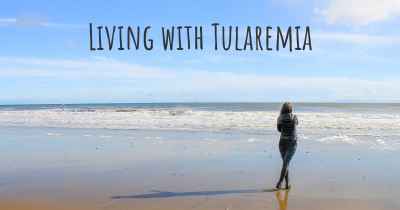Is it advisable to do exercise when affected by Tularemia? Which activities would you suggest and how intense should they be?
See if it is advisable for people with Tularemia to practice sports and which ones are the most recommended if you have Tularemia

Tularemia is a bacterial infection caused by the bacterium Francisella tularensis. It is primarily transmitted to humans through contact with infected animals, insect bites, or exposure to contaminated water or soil. The symptoms of tularemia can vary depending on the route of infection, but they often include fever, fatigue, muscle aches, and swollen lymph nodes.
When affected by tularemia, it is important to prioritize rest and recovery to allow your body to fight off the infection. Engaging in moderate exercise can be beneficial for your overall health and immune system, but it is crucial to consider your current symptoms and consult with a healthcare professional before starting or continuing any exercise routine.
If you are experiencing mild symptoms and have been cleared by a healthcare professional, engaging in low-intensity activities can be helpful. These activities can include:
- Walking: Taking short walks at a comfortable pace can help maintain mobility and promote blood circulation without putting excessive strain on your body.
- Stretching: Gentle stretching exercises can help relieve muscle tension and improve flexibility. Focus on stretching major muscle groups while avoiding any movements that cause pain or discomfort.
- Yoga or Tai Chi: These mind-body exercises combine gentle movements, deep breathing, and relaxation techniques. They can help reduce stress, improve balance, and promote a sense of well-being.
- Light resistance training: Using light weights or resistance bands can help maintain muscle tone and strength. Start with low resistance and gradually increase as tolerated.
It is important to listen to your body and not push yourself too hard. If you experience worsening symptoms, fatigue, or shortness of breath during exercise, it is crucial to stop and rest.
Hydration is also essential during exercise, especially when affected by an infection. Make sure to drink plenty of water before, during, and after your workout to prevent dehydration.
Additionally, it is important to take precautions to prevent the spread of tularemia to others. This includes practicing good hand hygiene, avoiding close contact with others, and properly disposing of any contaminated materials.
Remember, always consult with a healthcare professional before starting or continuing an exercise routine while affected by tularemia. They can provide personalized advice based on your specific condition and symptoms.








